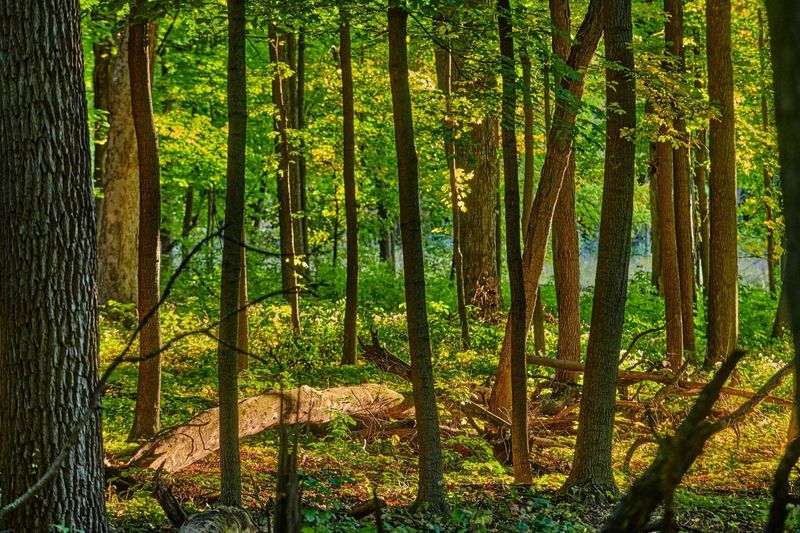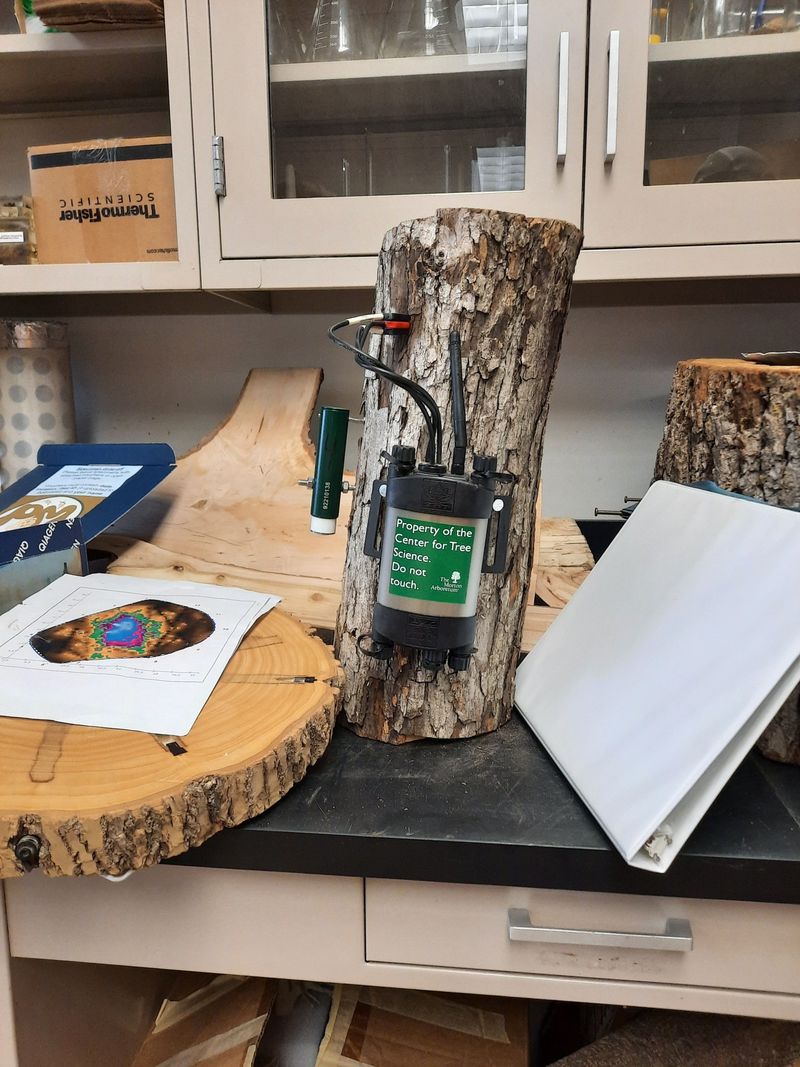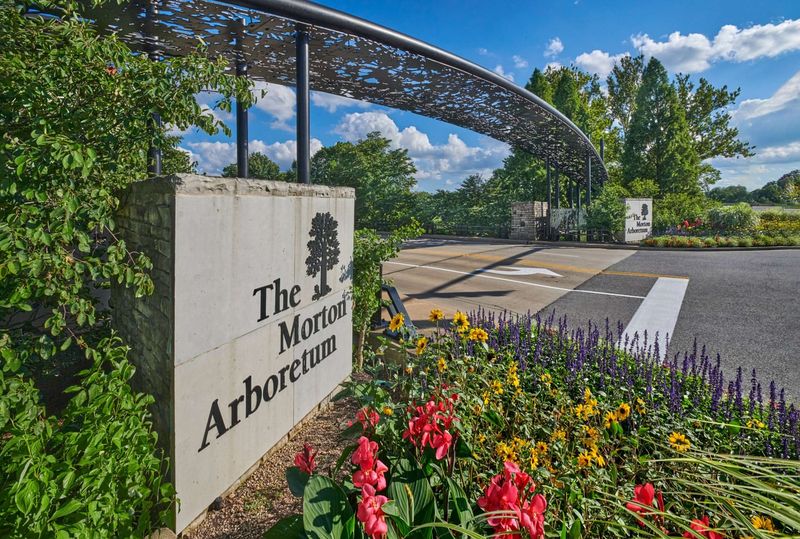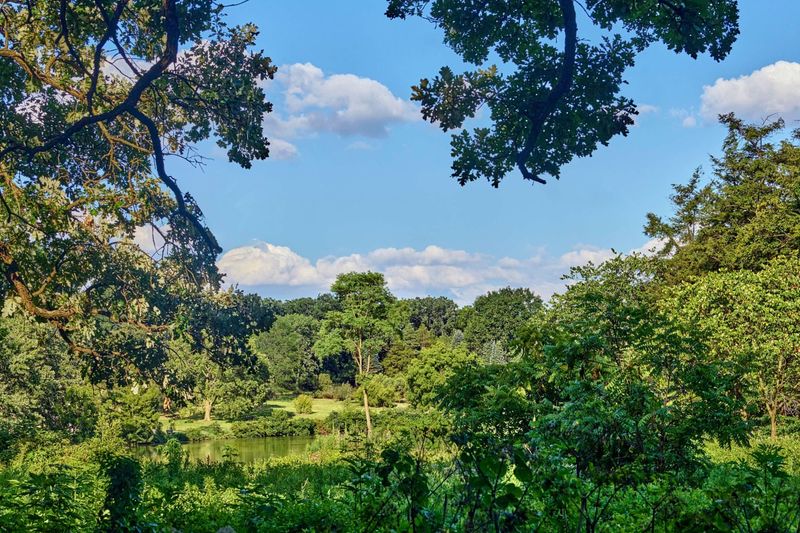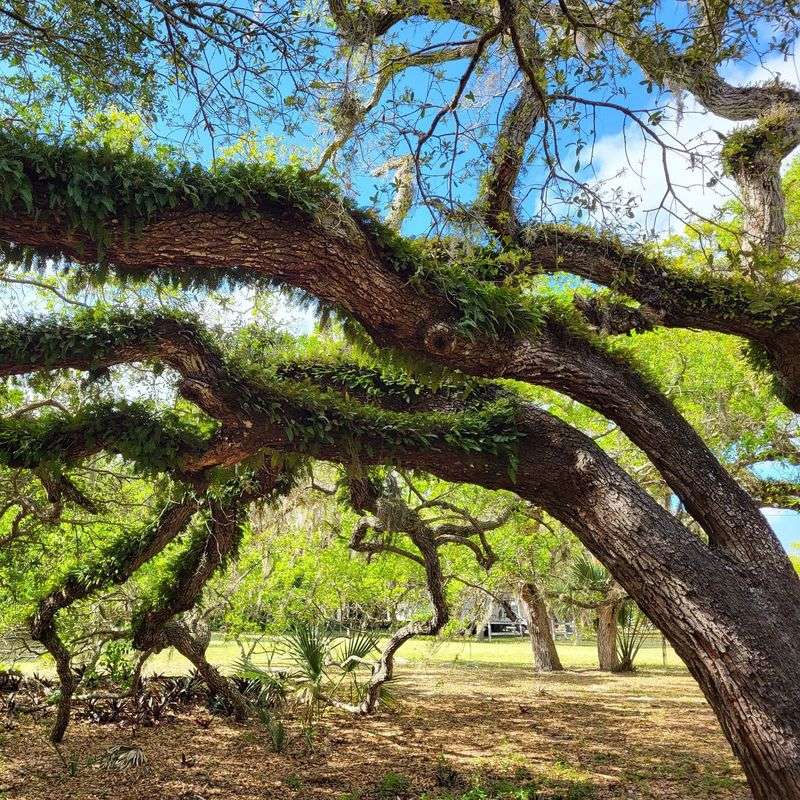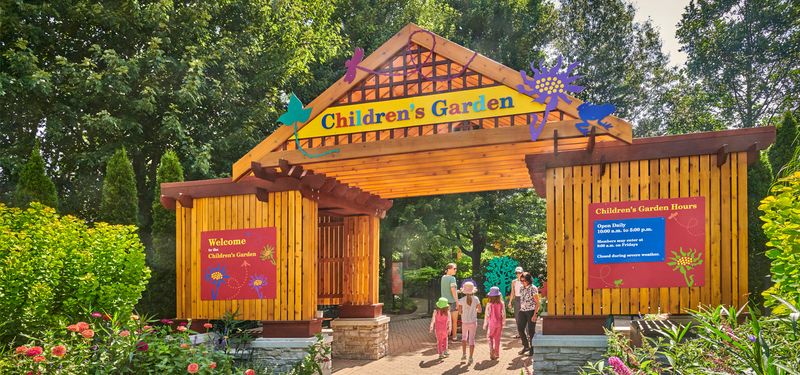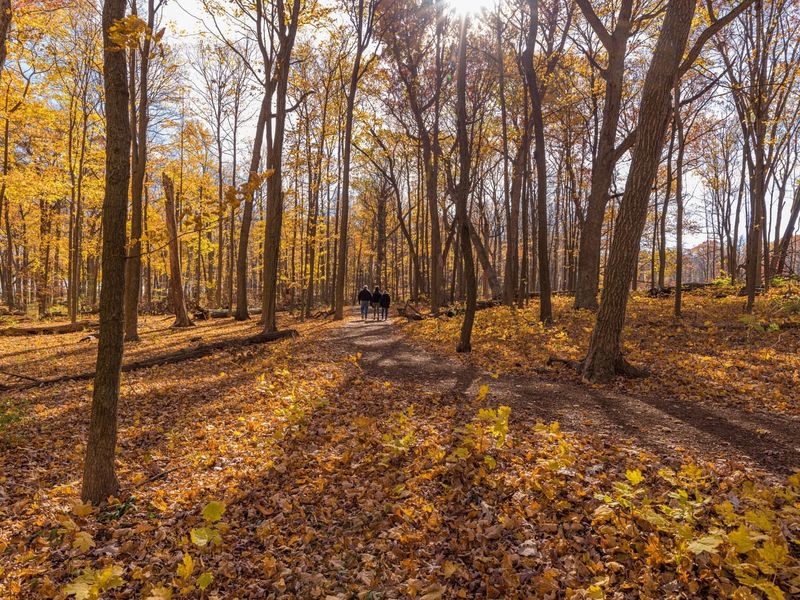Nestled in Lisle, Illinois, the Morton Arboretum stands as a living museum dedicated to trees from around the world. Since 1922, this 1,700-acre wonderland has combined beautiful outdoor spaces with serious scientific research to protect our planet’s trees.
The Arboretum works hard to study, save, and celebrate trees while teaching visitors why forests matter so much.
1. World-Class Tree Collection
Walking through Morton Arboretum in Illinois feels like traveling the globe! The grounds showcase more than 4,100 different types of trees and plants from across continents.
Scientists carefully organize these collections by geographic origin, making it easy to compare Japanese maples with American oaks. Some trees here are incredibly rare, rescued from the brink of extinction through careful conservation efforts.
2. Groundbreaking Research Center
Behind the scenes, scientists in white lab coats peer through microscopes at tree samples. The Center for Tree Science tackles big challenges like climate change and invasive pests.
Researchers here have pioneered methods to save endangered tree species and developed treatments for common tree diseases. Their work extends beyond Illinois, influencing forest management practices worldwide through partnerships with over 60 institutions.
3. Innovative Education Programs
Kids squeal with delight as they touch tree bark and examine leaves during one of the Arboretum’s famous school field trips. Education isn’t just for children, though!
Adult workshops teach everything from proper tree pruning to identifying woodland birds. The Arboretum’s Nature School program gets preschoolers outdoors year-round, building early connections with nature. Online courses have expanded their reach to tree enthusiasts worldwide.
4. Champion Tree Conservation
Rare oak saplings grow in special nurseries at the Morton Arboretum in Illinois, part of the Global Tree Conservation Program. Staff travel to remote forests worldwide, collecting seeds from threatened species before they disappear forever.
Back home, these precious plants receive expert care until they’re strong enough for reintroduction into natural habitats. The Arboretum currently safeguards more than 190 threatened tree species, with a special focus on oaks, magnolias, and maples facing extinction risks.
5. Spectacular Seasonal Events
Glowing lanterns transform the Arboretum into a magical forest during the annual Illumination event. Thousands of visitors marvel as trees light up in synchronization with music.
Spring brings flowering tree festivals celebrating cherry blossoms and crabapples. Fall color festivals showcase nature’s most vibrant season with guided hikes and photography workshops. Winter doesn’t slow things down either—snowshoe rentals and cross-country ski trails keep the grounds bustling year-round.
6. Urban Tree Improvement Initiative
Street trees face tough conditions—road salt, limited soil, and pollution. At the Morton Arboretum in Illinois, scientists are developing resilient “super-trees” that can thrive despite these challenges.
Their Chicago Region Trees Initiative has already planted thousands of specially selected trees across neighborhoods. Each one is chosen for its ability to withstand urban stresses while delivering maximum benefits like cleaner air and cooling shade. Data even shows neighborhoods with these trees experience noticeably lower summer temperatures.
7. Citizen Science Opportunities
Grandparents and grandchildren huddle together, measuring tree trunks with special tape measures. They’re volunteer citizen scientists helping collect valuable data!
The Arboretum trains everyday people to monitor tree health, track seasonal changes, and spot invasive pests. These observations feed into national databases used by researchers studying climate change impacts. Volunteers often develop deep connections with “their” trees, visiting them throughout the seasons to document changes.
8. Award-Winning Children’s Garden
Laughter erupts as kids splash through stream beds and climb wooden tree structures in the 4-acre Children’s Garden at the Morton Arboretum in Illinois. This isn’t just any playground—it’s a carefully designed space that teaches forest ecology through play!
Secret paths lead to discovery stations where children learn about root systems and photosynthesis without even realizing they’re studying science. The garden includes separate areas for different age groups, ensuring safe exploration for toddlers while offering older children more challenging activities.
9. Trailblazing Accessibility Programs
Specially designed trails accommodate wheelchairs and other mobility devices, making tree experiences available to everyone. The Arboretum pioneered sensory walks with audio descriptions and touchable exhibits for visitors with visual impairments.
Their “Branching Out” program offers adapted tools allowing people with physical limitations to participate in gardening activities. Sign language interpreters regularly lead tours for deaf visitors. These innovations have made Morton Arboretum a national model for inclusive nature centers.


